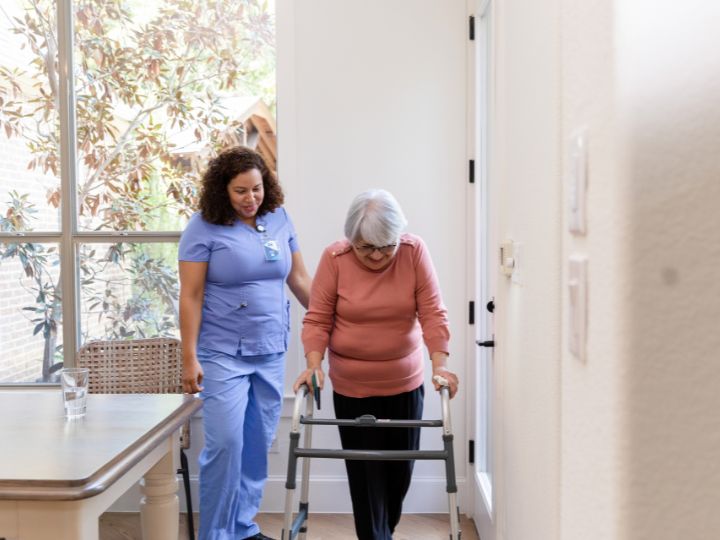When we think about recovery and rehabilitation, our minds often jump to clinical settings—sterile hospital rooms, physical therapy gyms, or rehabilitation centers. While these facilities play a crucial role in healthcare, mounting evidence suggests that the environment where rehabilitation takes place profoundly impacts both the process and outcomes of recovery. The familiar surroundings of home offer unique advantages that can significantly enhance the rehabilitation journey.
The Psychology of Familiar Spaces
Our brains are wired to respond differently to familiar versus unfamiliar environments. In familiar settings, we experience reduced stress levels, increased confidence, and enhanced cognitive function. This psychological comfort translates directly into rehabilitation outcomes. When patients feel secure and relaxed in their surroundings, they’re more likely to engage fully with their therapy, push through challenges, and maintain consistency in their recovery efforts. Research in environmental psychology demonstrates that familiar environments activate neural pathways associated with positive memories and learned behaviors. This activation can facilitate motor learning and skill acquisition—key components of physical rehabilitation. Additionally, the emotional connection to home spaces provides intrinsic motivation that’s often harder to cultivate in clinical settings.Contextual Learning: The Science Behind Environmental Impact
Contextual learning theory reveals that skills acquired in one environment don’t always transfer seamlessly to another. This phenomenon, known as context-dependent learning, has significant implications for rehabilitation. When patients learn or relearn skills in the actual environment where they’ll use them daily, the transfer of these skills becomes automatic and more effective. For instance, a patient learning to navigate stairs in a clinical setting may struggle when faced with their own home’s unique staircase configuration. By conducting therapy in the actual home environment, therapists can address the specific challenges patients will face in their daily lives, from navigating narrow hallways to managing bathroom transfers in their actual bathroom layout.The Social and Emotional Advantages
Home-based rehabilitation preserves the patient’s connection to their support network. Family members can observe therapy sessions, learn proper techniques, and become active participants in the recovery process. This involvement creates a collaborative care environment that extends beyond scheduled therapy sessions. The emotional benefits of remaining in familiar surroundings during recovery cannot be overstated. Patients maintain their daily routines, sleep in their own beds, and enjoy meals in their kitchen—all factors that contribute to overall well-being and faster recovery. This continuity of normal life activities helps prevent the depression and anxiety often associated with extended stays in clinical facilities.Practical Benefits of Home-Based Rehabilitation
Beyond the psychological advantages, home-based rehabilitation offers numerous practical benefits. Patients face the actual physical challenges of their living space, allowing therapists to develop targeted interventions. A speech therapist can work with communication tools the patient actually uses, an occupational therapist can practice with the patient’s own kitchen appliances, and a physical therapist can address the specific terrain of the patient’s neighborhood for walking exercises. The elimination of transportation barriers represents another significant advantage. For many patients, especially those with mobility limitations or in rural areas, getting to and from clinical appointments can be exhausting and stressful. Home-based therapy removes this obstacle, ensuring consistent treatment and reducing missed appointments.Creating an Optimal Home Rehabilitation Environment
While homes offer natural advantages for rehabilitation, creating an optimal therapeutic environment requires thoughtful planning. This might include:- Designating specific areas for therapy exercises
- Ensuring adequate lighting and reducing fall hazards
- Installing necessary adaptive equipment
- Creating quiet spaces for concentration-intensive therapies
- Organizing the home to support independence and safety


